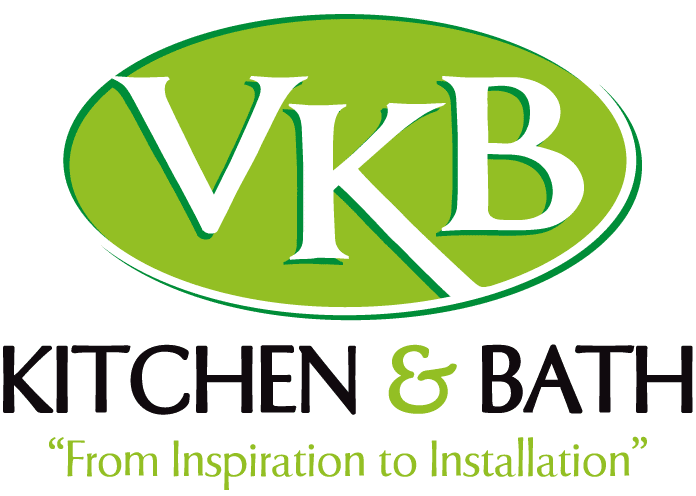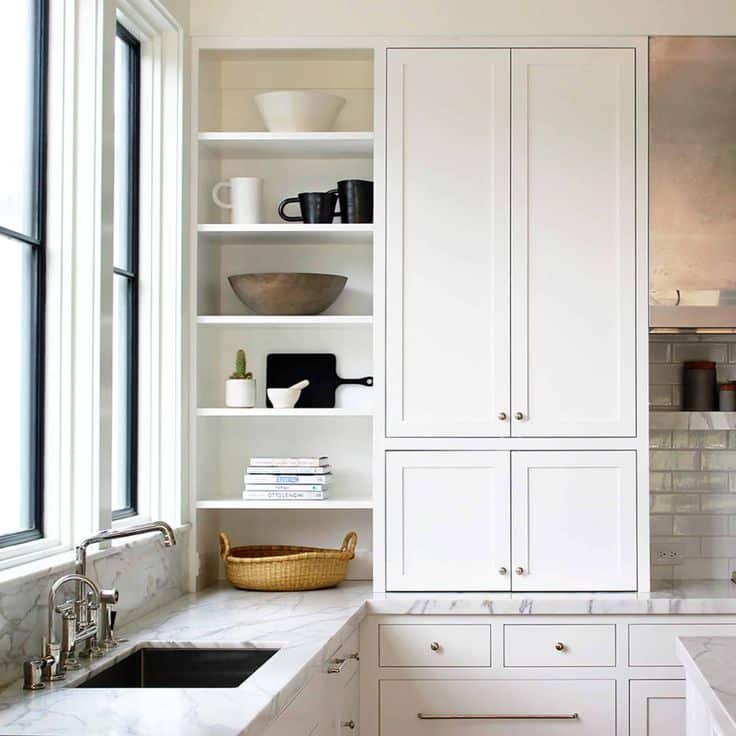Your kitchen’s design is more than backsplash, paint colors, a nice granite counter and rich cabinets. The lighting you install in the space will add a dramatic flair to its aesthetic. The good news is, kitchen lighting today is more than just simple canned lights and task lighting. There’s lots from which to choose. Here are some tips to help you along the way.
1. Start with a plan
Keep in mind that you’ll need multiple types of lighting. Task lighting will make it easier to do jobs like prepare food and clean up; however, mood lighting is also critical. Work with a lighting professional to design a plan to cast bright lights in key spaces, layer lighting to add a dynamic feel, and also accent lighting for an extra special touch.
2. Look to your square footage
Larger kitchens will, of course, require more lights, while smaller spaces can get away with fewer fixtures. However, keep in mind that if your kitchen is heavy on dark finishes, you’ll also need more light. In addition, if you’re dealing with high ceilings and little natural light, you’ll want to increase the number of lighting fixtures in the space.
3. Consider color
Square footage dictates the amount of lighting you’ll use, but so does color. If your kitchen is very bright and uses lots of white, you may be able to get away with a little less lighting and lower wattage lightbulbs. That’s because white reflects the light, enabling your kitchen to harness the power of the lighting. As such, the lighting will bounce off the ceiling, walls and counters, directing the light into other spaces of the room and creating a bright, airy feel.
4. Start with the basics
Task lighting is oh-so-important in any kitchen, so be sure to take to plan this aspect. Design the lighting plan to accommodate work spaces like the kitchen sink, stove and oven, counters and other critical zones. As a rule, maintain a 30-inch distance between the fixture and counter or island. Over areas like the stove or sink, go a little higher.
5. Recess it
Achieve ambient lighting with recessed lights – also known as can lights. For this type of lighting, don’t restrict it solely to work areas. Spread recessed lights over the entire kitchen to ensure a positive vibe. Measure at least 24 inches between can lights and a maximum of 42 inches.
6. Layered lighting
This type of lighting is where it’s at in kitchens today. Be bold and go with a variety of types of lighting. Simply put, this means layering your lighting using recessed can lights on the ceiling to illuminate the entire room. Then, choose decorative lighting over key spaces light the island. Along the cabinets, install undercabinet lights to support visibility when working.
7. Under the cabinets
A simple way to ensure a brightly lit work space involves installing lighting underneath the cabinets. These lights don’t necessarily have to be the brightest bulbs in the space, but they provide pointed task lighting that will enable you to easily perform meal preparations, cleanup and other jobs.
8. Go big
Don’t be afraid to add color and texture with the lighting. Use red lights, for example, to add a dramatic flair to and make a statement in the kitchen. Want to upgrade the kitchen without getting into a big construction project? Swap out the lighting and consider brushed nickel, for example. Use the lights to add color to the kitchen and enhance its ambiance.
It’s easy to spice up the kitchen with new and elegant lighting. Start out with a plan and consider how much lighting you’ll need. Then, layer the lighting options under the cabinets, in can lights, at work areas and for setting the mood. You can dramatically change the kitchen’s dynamic with these lighting tips.
Ready to hire a contractor? Make sure you know what questions to ask!



